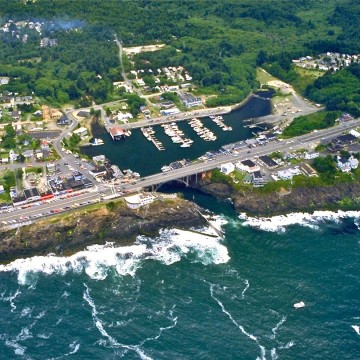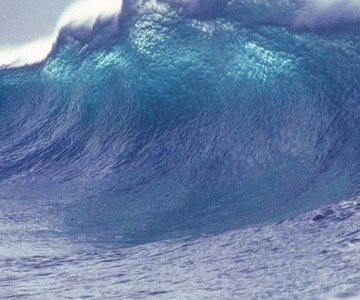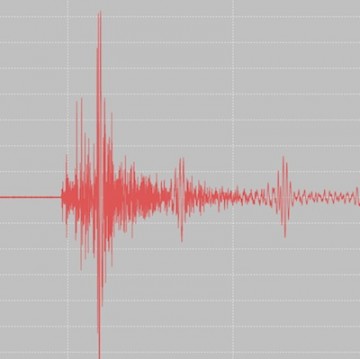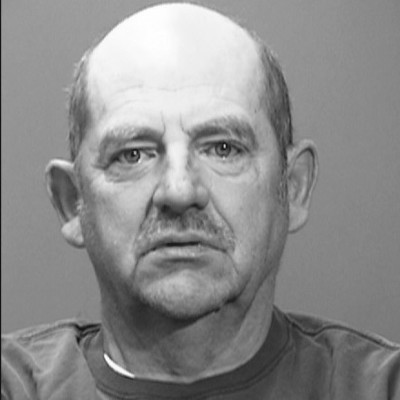Oregon Gears Up for the Next Big Quake
Wednesday, April 15, 2015

Depoe Bay, Oregon
Experts are urging all residents and officials to look at the looming catastrophe as a question of when, not if.
“There’s been 41 of these in the last 10,000 years,” said Althea Rizzo of the Oregon Seismic Safety Policy Advisory Commission (OSSPAC), otherwise known as the Earthquake Commission. “So we have a very good geologic record that leaves no room for doubt that these very large earthquakes happen over and over again.”
The last one reportedly struck the coast in 1700. With an average occurrence of 234 years in the Cascadia subduction zone – a 620-mile long fault that stretches from Vancouver Island to Cape Mendocino in northern California – it looks like we’re due for another.
Assessing the Damage
The estimated consequences of the 9.0 magnitude CSZ earthquake are cataclysmic, to say the least.
According to the Oregon Resilience Plan (ORP), the earthquake could account for approximately $32 billion in economic losses and 27,600 displaced households.
Drafted in February 2013, the ORP is a hefty document composed by OSSPAC experts from the fields of geology to emergency management. It serves as a snapshot of the next 50 years, and covers everything from the science of the quake to its devastating impacts.
The ORP reports deaths ranging from 650 to 5,000. A projected 24,000 buildings could be completely destroyed, adding to almost 10 million tons of debris.
The fact that Oregon’s existing infrastructure was built in the 1950s and 60s, and has long out-lived its life expectancy, is worrisome.
In Portland alone, the ORP estimated 25,000 underground breaks in the water system, due to the quake.
During a natural disaster, the interconnectedness of transportation, fuel, water and other utilities becomes abundantly clearer, says Jeff Rubin, vice chair of the Oregon Resilience Task Force.
“Part of the challenge with the northwest is that, collectively, we didn’t realize we were in earthquake country until 30 or 40 years ago,” said Rubin. “Whereas in places like California, they’ve know it for a lot longer, so they’ve had building codes in place. We have a lot of really vulnerable structures and infrastructure.”
According to ORP research, if the earthquake were to happen now, it would take one to three years to restore drinking water and sewer service in the coastal zone. In the valley, one to three months to restore electricity, and six to twelve months to restore partial function of the top-priority highways.
Vulnerable infrastructure means it needs to be replaced, or re-enforced, before the big one hits. But just when it does remains uncertain.
“The 50-year timeline is really just a multi-generational timeline, where we have to think about what we’re doing for the sake of our children and grandchildren,” said Jay Wilson, chair of OSSPAC.

A Tsunami to Follow
In 2011, the earthquake that shook Japan had a magnitude of 9.0. It triggered a tsunami that caused the notorious Fukushima nuclear disaster.
Likewise, the high magnitude earthquake projected for the northwest will undoubtedly lead to a tsunami, adding up to another 5,000 casualties.
In Oregon, the existing tsunami regulatory law states that certain types of buildings are prohibited in a tsunami zone – hospitals, fire stations and police stations, among them.
If developers want to build other structures in these zones, for instance a high-rise hotel, they’re required to consult with DOGAMI (Oregon Department of Geology and Mineral Industries) about ways to reduce their risk. Its advice is voluntary and non-binding.
On April 7, Senate Bill 778 was introduced to the legislature in Salem. If passed, it would give DOGAMI the power to forbid the development of a building deemed too high risk.
The bill was not proposed by DOGAMI, and the department remains neutral on the matter, says Ian Madin, interim state geologist at DOGAMI.
“We’ve only had seven cases in 20 years when people came to us to consult, so our advice effects a small class of buildings that are rarely developed in coastal communities,” explained Madin.
And according to him, Senate Bill 778 is going nowhere. A reason could be concern over state interference with what is normally a local government prerogative of “who gets to build what where,” said Madin.
Oregonian Bonnie Henderson is the author of The Next Tsunami: Living on a Restless Coast, published last year.
She said researchers in Japan have concluded that, “while there are a variety of defenses against small tsunamis, like seawalls and barrier forests, the only effective preparation for large tsunamis is twofold: education and meaningful infrastructure changes.”
Henderson cites strengthening and replacing coastal bridges to aid people in escaping the tsunami. In addition, essential facilities such as hospitals and schools must be moved out of the tsunami zone as quickly as possible.
“It’s gratifying to see some movement in this category, but in my opinion, not enough and not quickly enough,” said Henderson.

72-hour Preparation is Not Enough Time
When it comes to an earthquake, there's no such thing as a warning time. So in a natural disaster, being prepared after it strikes could be the difference between hundreds of deaths and thousands.
“The single strongest thing that our commission has done through the Oregon Resilience Plan is to communicate that 72 hours of preparedness is no longer applicable,” said Jay Wilson.
“In our report, it's two to four weeks now, based on the level of disruption we’re expecting from the Cascadia quake, whether it’s water, electricity or road surfaces,” continued Wilson.
The Oregon Office of State Fire Marshal (OSFM) has three Incident Management Teams (IMTs) that regularly conduct training sessions to respond to any type of emergency, including a massive Cascadia earthquake.
Recently, the IMTs conducted a tabletop exercise at their annual training in the coastal city of Newport.
The scenario: an 8.0 magnitude earthquake struck Oregon and created a tsunami on the central coast.
Raising Public Awareness
Jeff Rubin and the Oregon Resilience Task Force are actively devising different ways to package information about how to respond to the big quake.
“Government and the private sector have certain responsibilities, but it all starts with individuals and families,” said Rubin.
Pre-fabricated emergency kits have often been marketed as a first step in preparation. Rubin says that’s backwards. He is advising residents to get informed first, and then make a plan before purchasing the necessary supplies.
“A pre-fab kit doesn’t have clothes that fit you, or food, or your personal contact information and your prescription medicines,” said Rubin. “There’s a lot more that needs to be prepared than putting together a kit.”
Jay Wilson, too, understands the importance of public outreach.
He says the ORP should be viewed as a public document, and encourages all Oregon residents to read it and contact their elected officials with concerns.
“I would rather people be angry or at least motivated to ask more questions, instead of putting their hands up and saying, I can’t deal with this,” said Wilson.
“If we can just except that this is going to happen – instead of when or whether it will – at least it will help people clear the fog to see what’s most important,” continued Wilson.
“By waiting we’re going to be set back in our economy and our livelihood. We can’t afford not to talk about it and work on it now.”

Related Slideshow: 20 Missing People from Oregon
The following is a list of the 20 most recent missing people from Oregon. The list is complied from the U.S. Department of Justice National Missing and Unidentified Persons System.
Related Articles
- Portland’s Urban Growth Boundary Could Force the City to Go Taller
- Home Buyers Flee Portland City Limits to Suburbs
- Can North Portland Be ‘Saved’?
- Will Growth Kill Portland?






























 Delivered Free Every
Delivered Free Every
Follow us on Pinterest Google + Facebook Twitter See It Read It